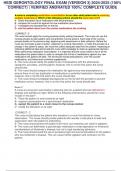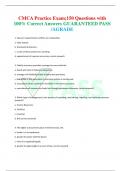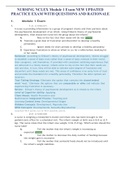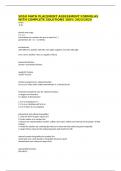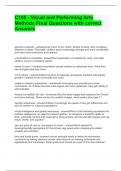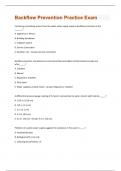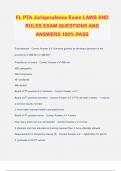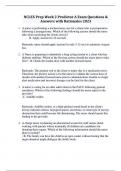Tentamen (uitwerkingen)
HESI GERONTOLOGY FINAL EXAM (VERSION 3) (100% VERIFIED ANSWERS | COMPLETE GUIDE GRADED A+
- Vak
- Instelling
HESI GERONTOLOGY FINAL EXAM (VERSION 3) (100% VERIFIED ANSWERS | COMPLETE GUIDE GRADED A+ HESI GERONTOLOGY FINAL EXAM (VERSION 3) (100% VERIFIED ANSWERS | COMPLETE GUIDE GRADED A+ HESI GERONTOLOGY FINAL EXAM (VERSION 3) (100% VERIFIED ANSWERS | COMPLETE GUIDE GRADED A+
[Meer zien]
